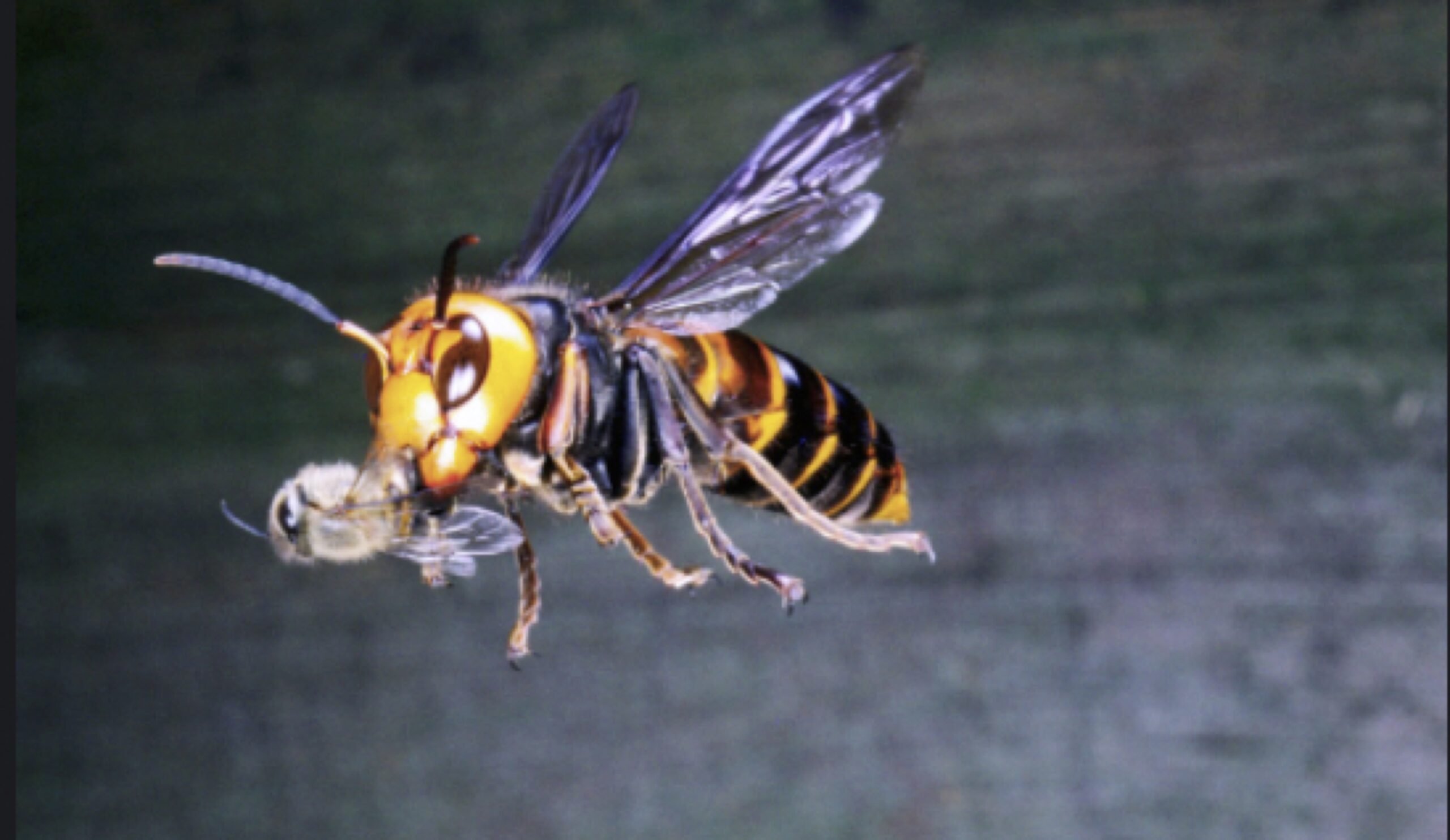This essay is a composite of a number of mini-essays that I uploaded to a Facebook discussion forum: “Aikido —The Martial Side.” It also includes some of my answers to questions raised by members of the group.
Because aikido is a principle-based martial art, systematized around certain philosophical ideals and very specific physical parameters, many critics over the years have questioned its effectiveness. Aikido is particularly vulnerable to criticism because, for the most part, its practitioners do not do ‘live training,’ (pressure testing against unpredictable attacks, or freestyle competitive training). Such critics come both from inside the art and without. Even though I share the perspective of many of the critics, at least in regards to much of the aikido I have experienced or seen, something bothers me about such discussions—I wonder if the critics do justice to the art. It is similar to criticizing expressionist art, using a popularizer like Leroy Nieman as an example. Whether one likes expressionism or not, it should be evaluated by its greatest proponents, such as Franz Marc or Maqbool Fida Hussain. Expressionist art may not be a style you enjoy, but criticism should be based on exemplars of the art, not the common mean.

